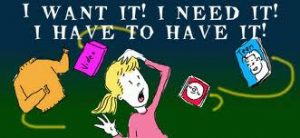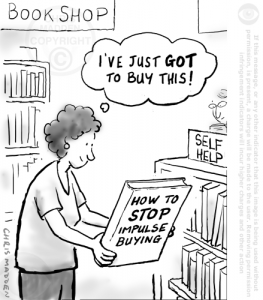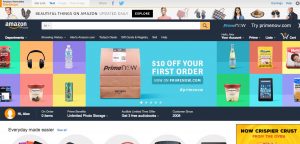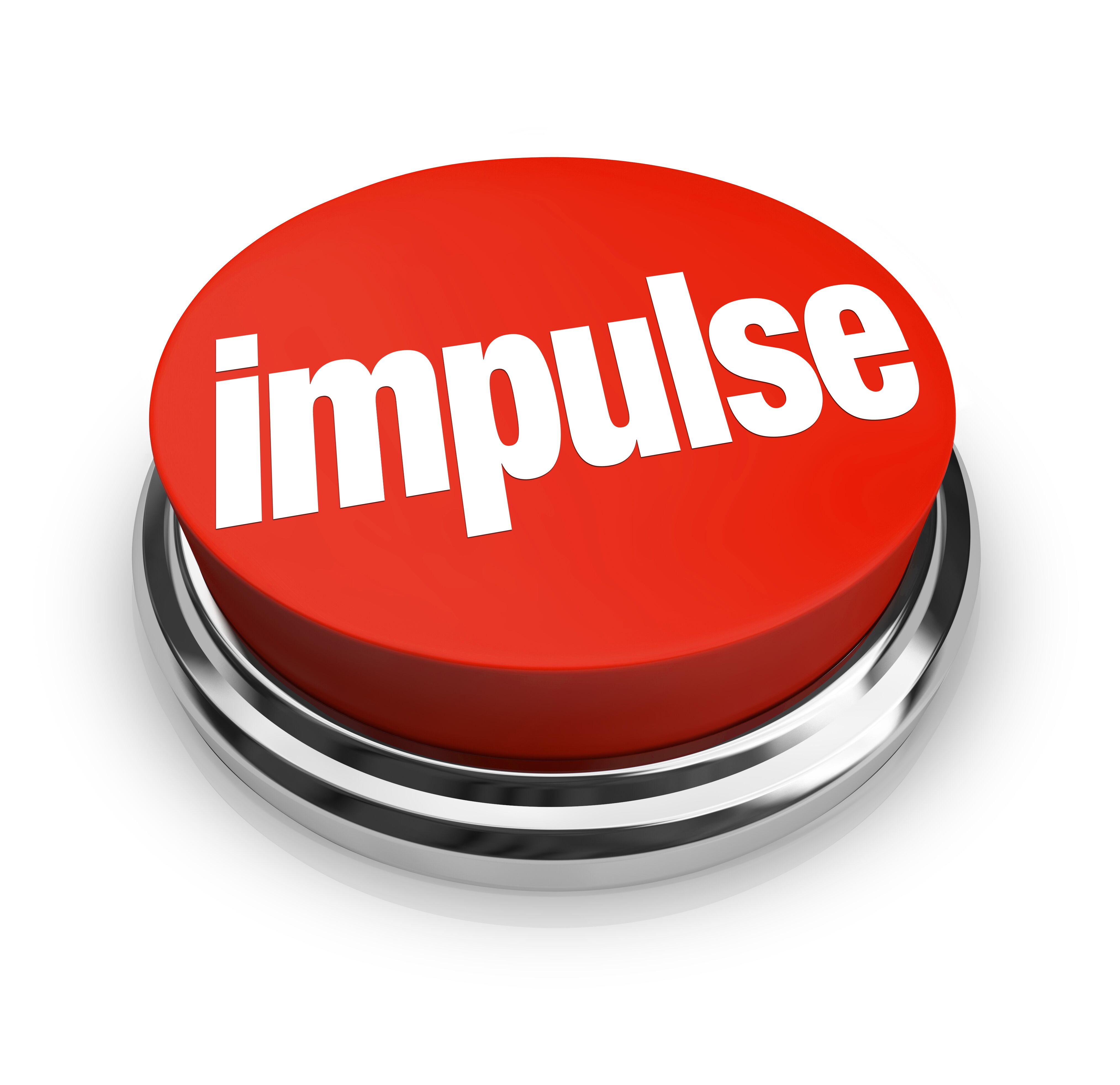Whether you have a brick-and-mortar store or an e-commerce business, some of your sales are going to come from impulse buyers. And impulse purchases are not the same as regular buys because they happen on the fly without much research.
“An impulse purchase is made in the spur of the moment and often appeals to a sense of instant gratification in the physical retail world,” says BigCommerce.com.

Customers obviously feel that sense of instant gratification more strongly with in-store purchases. When people shop online, they have to wait for their purchase to be delivered, unless their purchase is downloadable or a software they can instantly access.
Nevertheless, e-commerce impulse purchases can and do still occur. Plus, there are techniques you can employ to encourage more e-commerce impulse purchasing.
How To Encourage Impulse Buying
Here are two techniques you can apply to an e-commerce business:
1. Offer Conditional Free Shipping
One of the biggest downsides of shopping online is that purchases often involve shipping and handling costs. And these additional fees may cause buyers to think twice about purchasing. Consequently, offering free shipping can be a strong motivator.

BigCommerce.com: “Free shipping is a powerful offer, and has been found to hold more relative value for online shoppers than the actual cost of shipping. You can use that to your advantage when structuring a conditional free shipping offer for your e-commerce store.
Just calculate your average order value, then set the free shipping threshold somewhere between $5 and $20 above that average. You can further encourage shoppers by suggesting products in a specific price range during checkout to help them meet the threshold.”
2. Running Sales And Promotions
Another way to encourage impulse buying is to offer sales and promotions. You can even offer those that apply to online orders only. The same way that discounts can drive in-store impulse buys so too can they drive online impulse buys, especially if they offset shipping costs (if S&H isn’t free already).

3. Know What Impulse Buyers Are Like
Please pardon the blanket statement, but impulse, or spontaneous, buyers are a special breed who often possess certain personality traits that differentiate them from more methodical shoppers.
According to Jeremy Smith, the traits below represent “typical” impulse buyers (as reported by Alex Birkett on ConversionXL):
- “They are driven by emotion.
- They will take risks.
- They are gregarious, upbeat and positive.
- They are competitive.
- They defy logic.
- They respond visually.
- They insist on instant gratification.”

Additionally, Ian Zimmerman, Ph.D. presents the following characteristics of impulse buyers:
- “Impulse buyers are more social, status-conscious, and image-concerned. They may buy to make others think they are awesome.
- Impulse buyers tend to experience more anxiety and difficulty controlling their emotions.
- Impulse buyers tend to experience less happiness, which Zimmerman theorizes is partly what leads them to buy – as a method to improve their mood.
- Impulse buyers are less likely to consider the consequences of their spending.”
Again, these are generalities. And as you can see, they don’t all align. This is because most impulse buyers do not fit perfectly into the “impulse buyer” mold. Even still, knowing the avatar of an impulse shopper is useful in terms of making the shopping experience conducive to both methodical and impulse shoppers.
4. Make Shopping, Easy, Useful, And Entertaining
According to insights from the ConversionXL Institute, the three qualities most likely to influence impulse shopping are ease of use, usefulness, and entertainment.
Ease of use: Perform usability tests (don’t forget mobile!), looking for bottlenecks and user frustrations. Make your internal site search more efficient. Provide ratings and reviews and money-back guarantees. Also, take a look at Amazon.com, which is one of the easiest sites to use.

Usefulness: Include contact information and tailored communication, such as a live chat option. Additionally, make sure your site loads quickly and provides valuable, relevant information.
Entertainment: What constitutes entertainment is subjective. But some examples include “engaging copy, striking images, fun branding, and sometimes an interactive experience,” reports Alex Birkett.
What do you think about these tips for driving impulse purchases? Can you offer any other advice?




